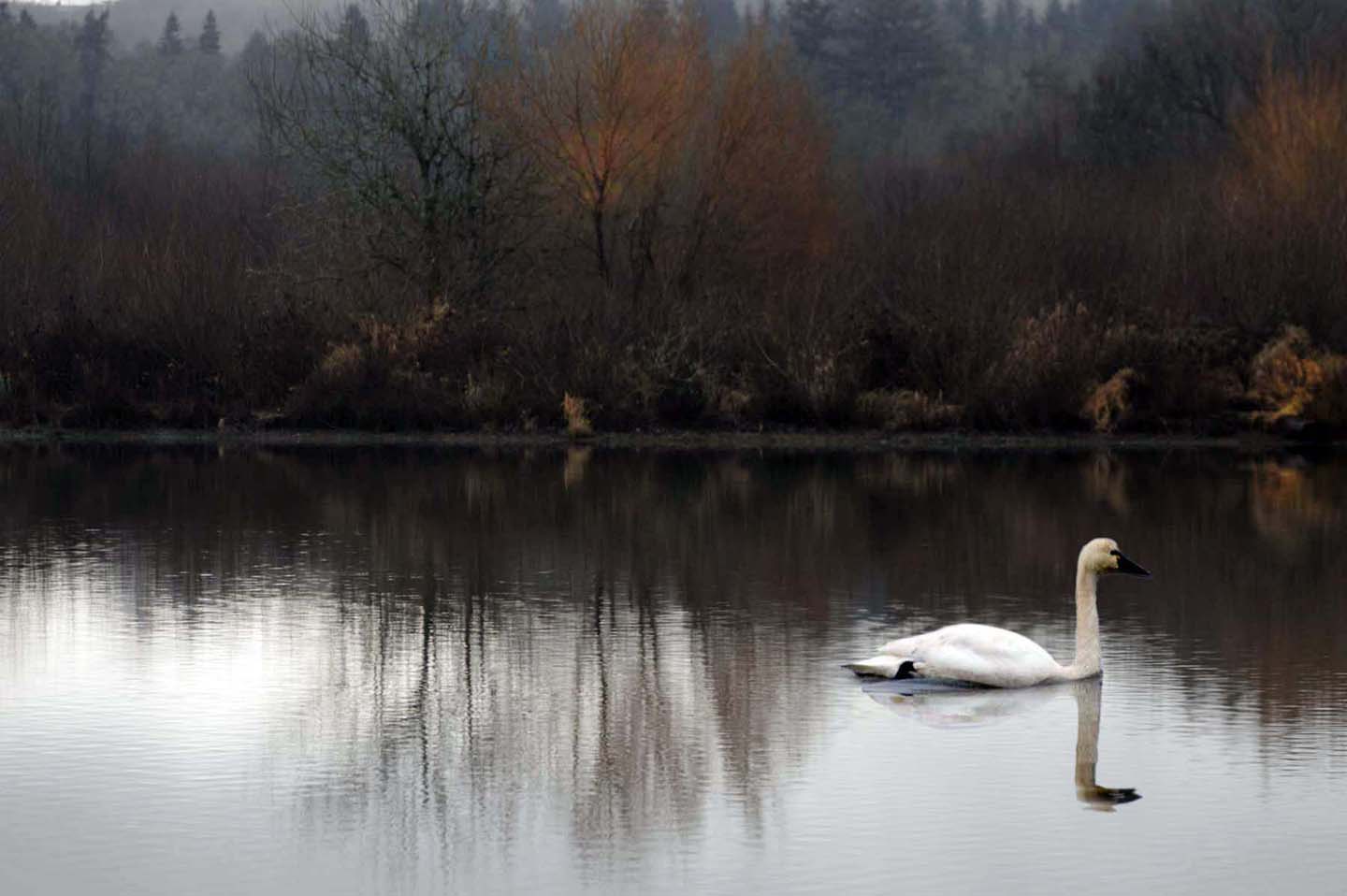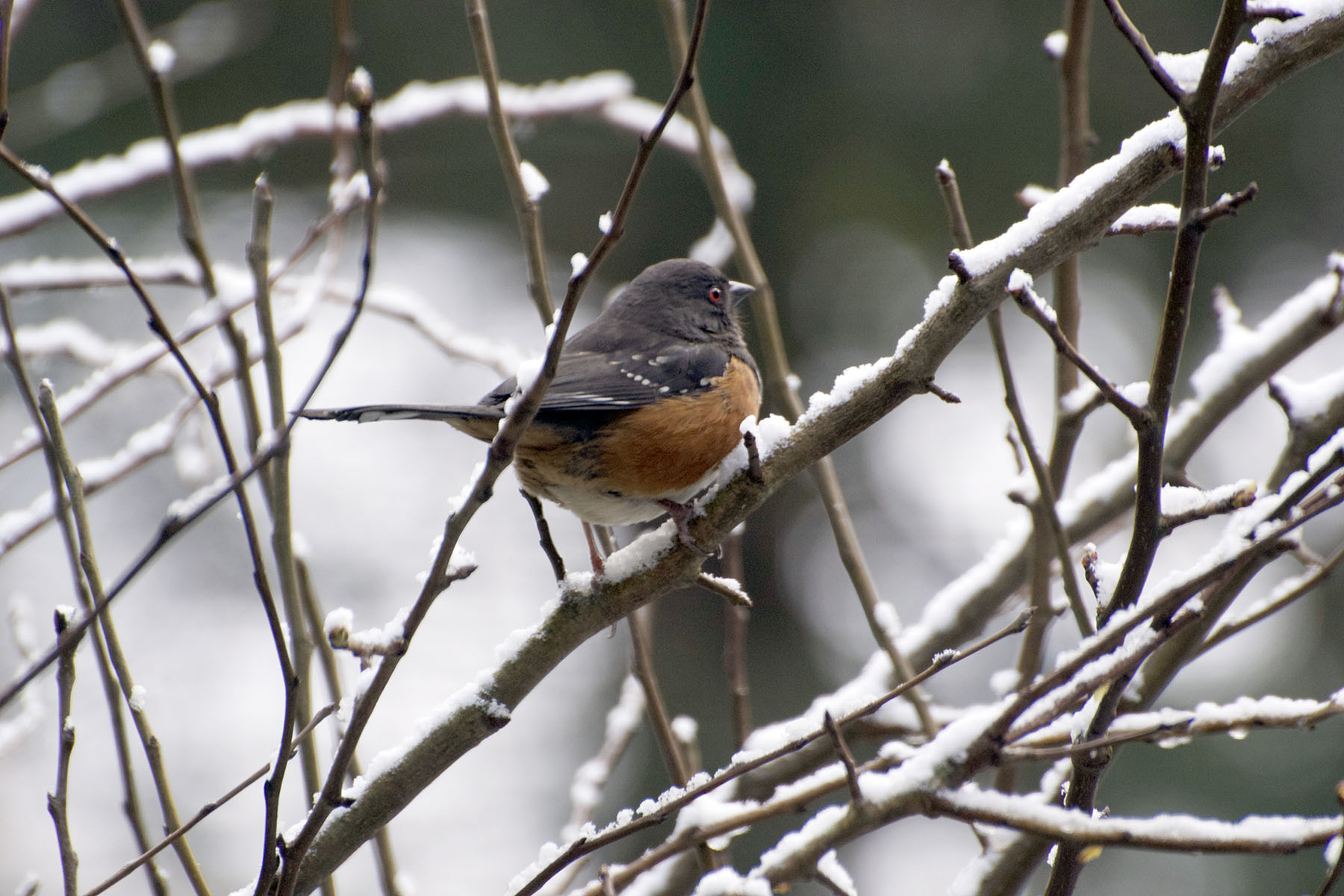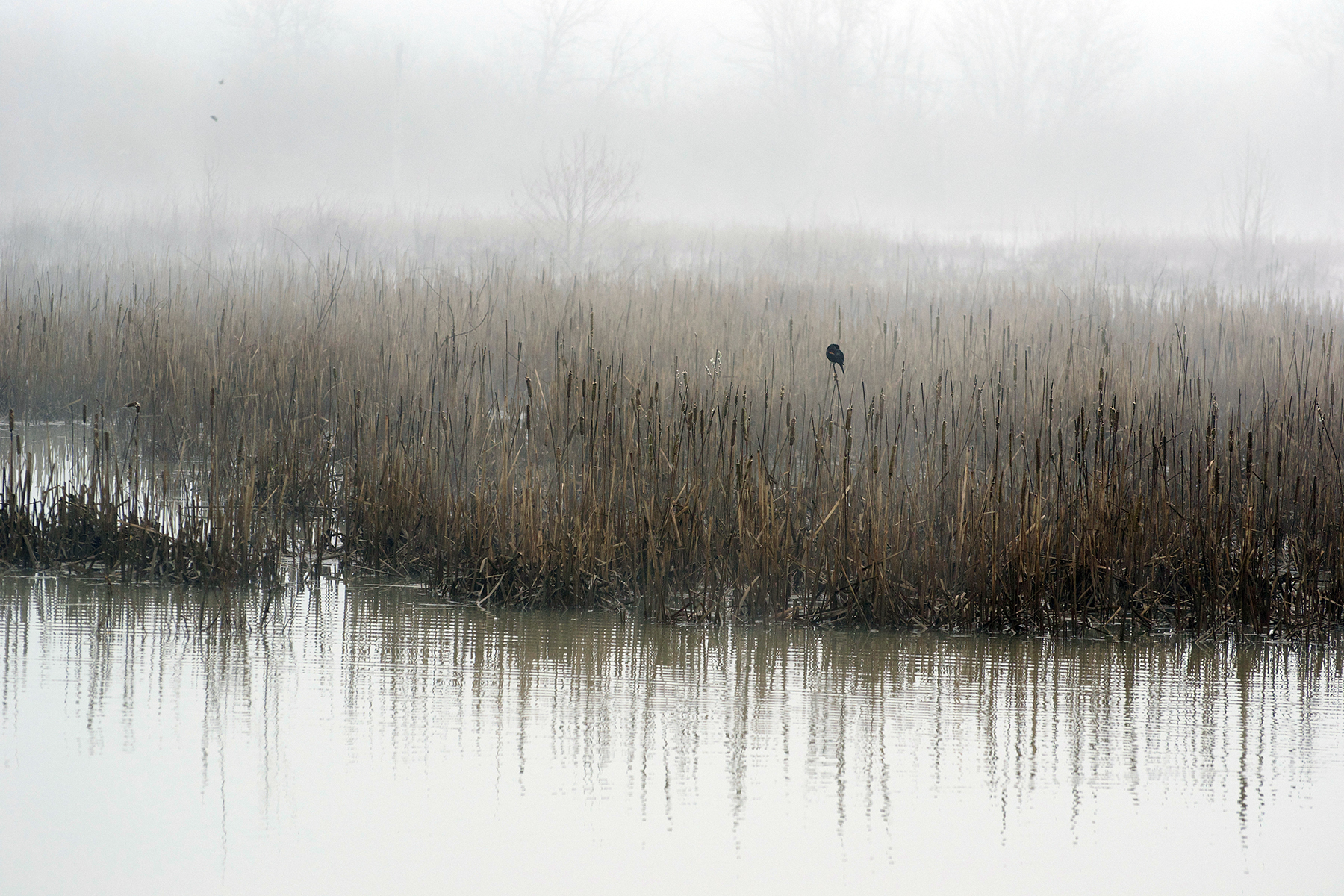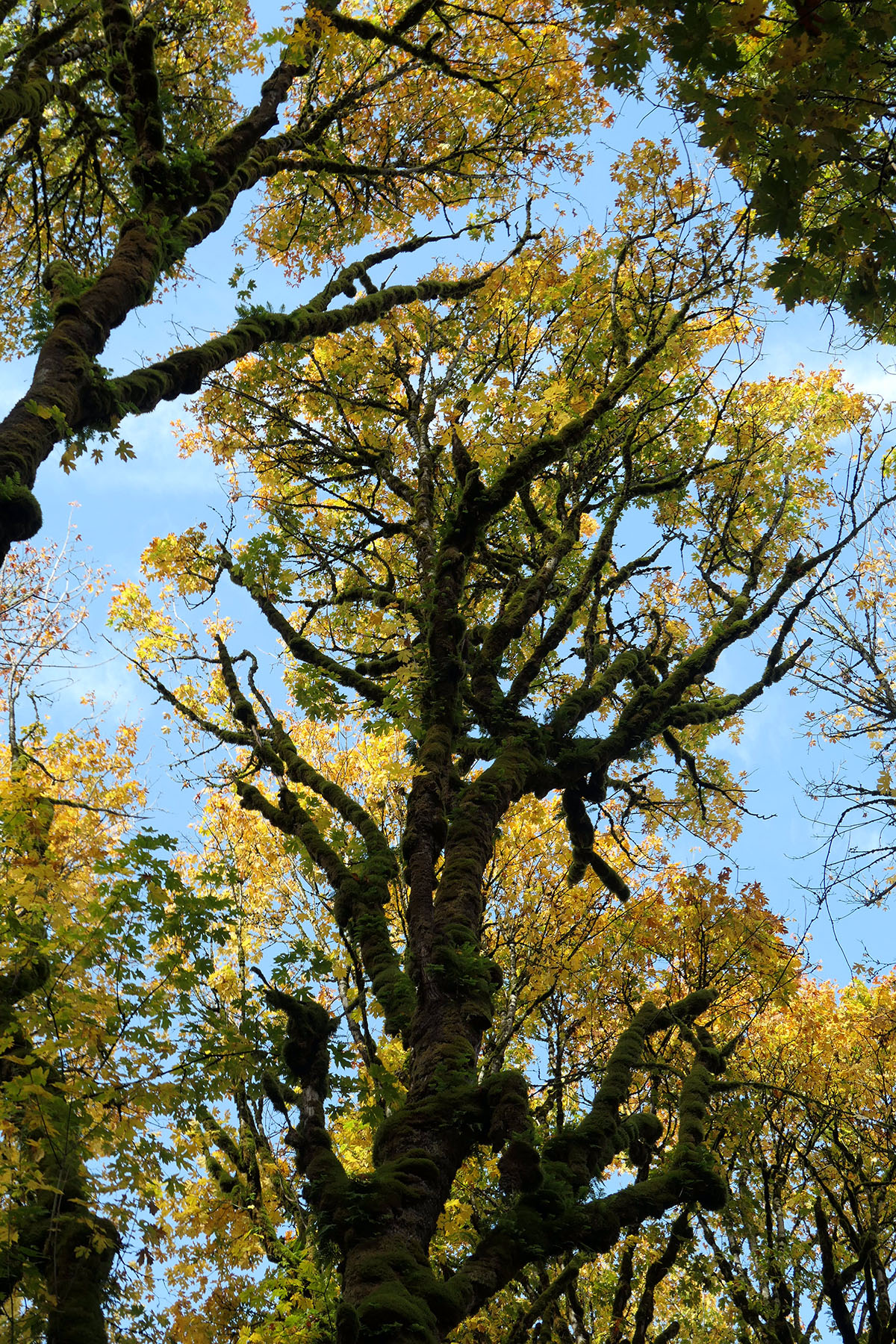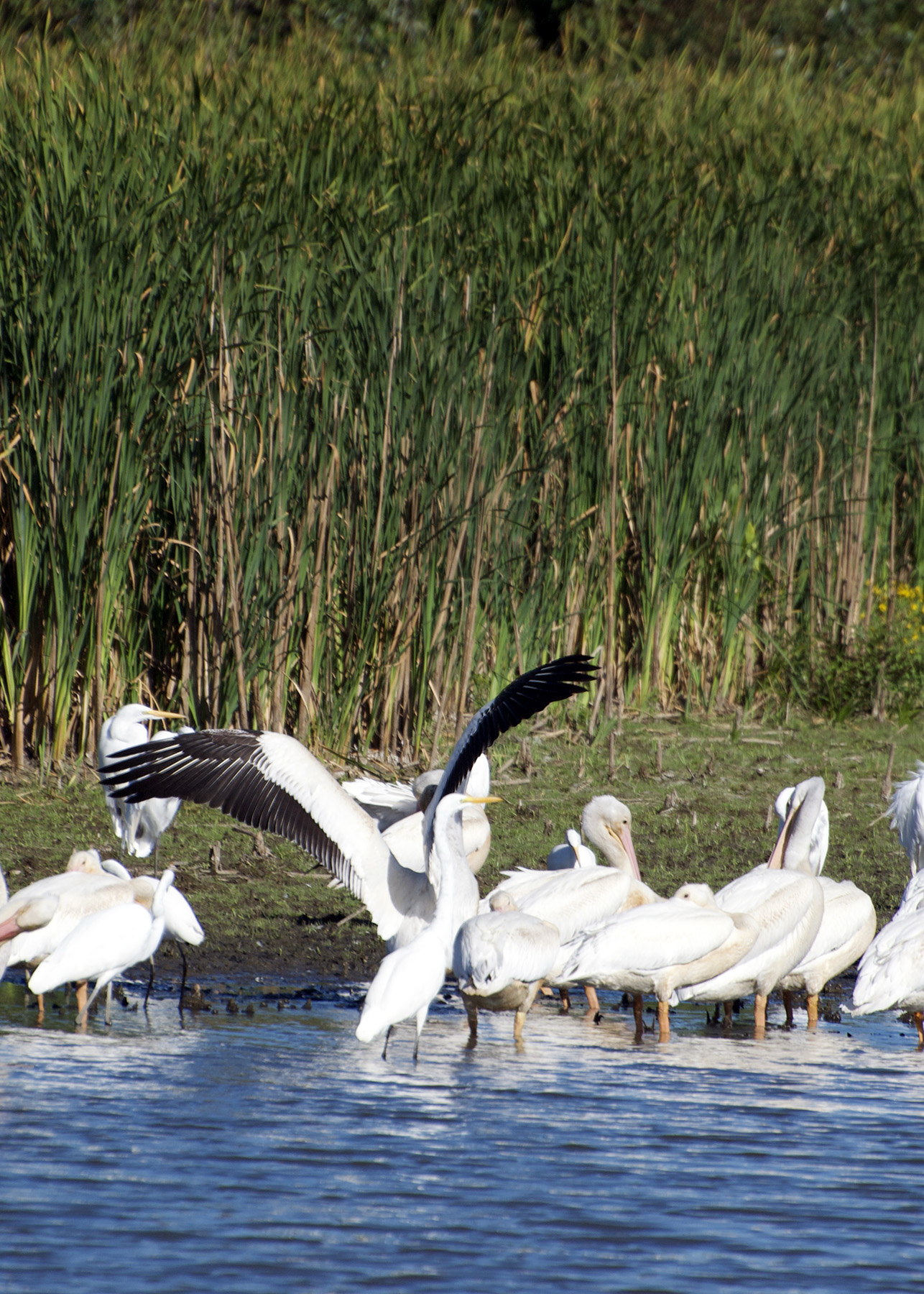Walk with me. A slow, short amble through a park modeled after old English country estates. Weather in tune, soft rains alternating with violent deluges, making me clutch the camera under my raincoat, seeking shelter under old fir trees, since the paths are too slippery to run back to the car. Or what goes for running these days.

Signs of early spring everywhere, snowdrops dotted with rain,

scilla peaking out among them,

aconite trying to pretend sun(s) still exist.



Camelias bringing some red to the palette

Crocci abundant, some hiding from the rain.


A fragrant edgeworthia paper-bush attracts the very first bee.


Center of my attention, though, were the hellebores, pummeled by the rain, bitten by earlier frost, struggling this year to develop their full glory. I had just learned some fascinating new facts about them (you might remember that I write about them almost every spring, so partial to them.) More importantly, these facts connect to something that modern science is beginning to explore: the relationship between our guts (literally, stomach and intestines) and that of our mental health. (I am going to summarize sources from here and here, and also a recent essay in the Atlantic discussing our preoccupation with gut health.)

Hellebores were linked to madness already in Greek mythology, not as a cause but as a cure, quieting the unruly, “hysteric” young daughters of a king. We find evidence for medicinal use in Ovid’s Metamorphoses as well as earlier writers, and the practice of using it to “heal” hysteria, epilepsy, mania and depression, lasted for centuries, documented across Europe, from early Romans to 18th century England. Paracelsus sang its praises. Wondrous cures were reported over and over again.



The plant contains helleborine and its derivatives are cardio-toxic glukosides, similar to digitalis. Ingestion even of only the seeds can prove to be fatal. The toxic compound protoanemonin, once swallowed by humans, causes “vomiting, inflammation of the mouth and throat, [and] abdominal pain and diarrhea that can be followed by severe ulcerations of the mouth and damage to the digestive and urinary systems.” The one saving grace might be that it induces vomiting so fast that not enough of the substance remains to kill you.
The roots were pulverized and put in a concoction that led to violent purging with excrements taking on a black color, interpreted to be the evil humors that left your body, the later now ready to heal, mind included. If dosage was mistaken, it led to death. The line between panacea and poison, miracle dram and murderous draught, was a thin one. But the psychological assumptions of emotions being lodged in the belly, and needing to be driven out, if maladaptive, were anything but thin: the perceived violence of Hellebore’s laxative action were seen as the necessary equivalent of the violence and perceived grossness of mental illness, to be forcefully exiled.

In the 17th century, doctors started to discuss the problems with something so potentially lethal, advocating for its use only in the most stubborn cases, and purging with less dangerous substances, like Senna, instead. The symbol of Hellebore was however also taken up by religious crusaders, talking about the need for sinners and “spiritually diseased” people to take the hellebore cure, thus intertwining moral with medical issues, with deranged emotions being at the core of both. Cleansing was necessary both to maintain health, but also to achieve pure spiritual interiors, free from demonic possession.
“Viewed in this light, a prescription of hellebore becomes about much more than just the removal of corrupted physical matter. The black substance voided from the bowels was the embodiment of the evil cast out, with the site of spiritual transformation being neither the soul nor the mind but the gut. Taking hellebore presented many of the same dangers as the condition it purported to cure: loss of control, internal corruption, and the very real possibility of death. By forcibly confronting sufferers with their own embodiment, it offered a temporary reprieve from the existential anguish of madness and melancholy. In doing so, it confirmed what many godly individuals already believed: that their bodies were vile and filthy vessels and that their best hope for deliverance lay in abasement before God.”
If we leave G-d and evil out of the discussion (although certain parts of our political establishment seem to bend over backwards to get them back in again…) what do we know scientifically about the gut-brain connection?




Gut and brain communicate through a number of pathways. There is the Vagus nerve, that sends info to the brain with neurotransmitters like serotonin and dopamine as messengers. Over 90 percent of the body’s serotonin—the neurochemical targeted by the class of commonly prescribed antidepressant medications that includes Prozac, Zoloft, and Lexapro—resides in the small intestine, facilitating multidirectional communication between the digestive tract and the central nervous system. If our gut’s fragile microbial balance is upended, it sends a message to the immune system, which may trigger gastrointestinal inflammation.
There is also an association (not a determined causal relationship) between gastrointestinal disorders and some psychiatric conditions, including bipolar disorder and depression. People who live with schizophrenia have higher rates of GI inflammation than the population as a whole. People who struggle with IBS [irritable bowel syndrome] are often also diagnosed with anxiety disorders.

This explains why we have an emerging field of nutritional psychiatry that teaches patients about the appropriate foods that might reduce inflammation — namely grains and plants rich in vitamins, minerals, antioxidants, fiber and pre- and probiotics. No need to buy expensive probiotic supplements that have sprung up like mushrooms provided by an industry ready to cash in; yoghurt, kimchi and sauerkraut all do the job just fine. Hellebore smoothies, however, will likely not be recommended!

Music today offers a bit of madness – demons and all, Faust riding with Mephistopheles, having sold his soul….
Full Opera (Berlioz’ The Damnation of Faust) here, with Solti conducting.
























